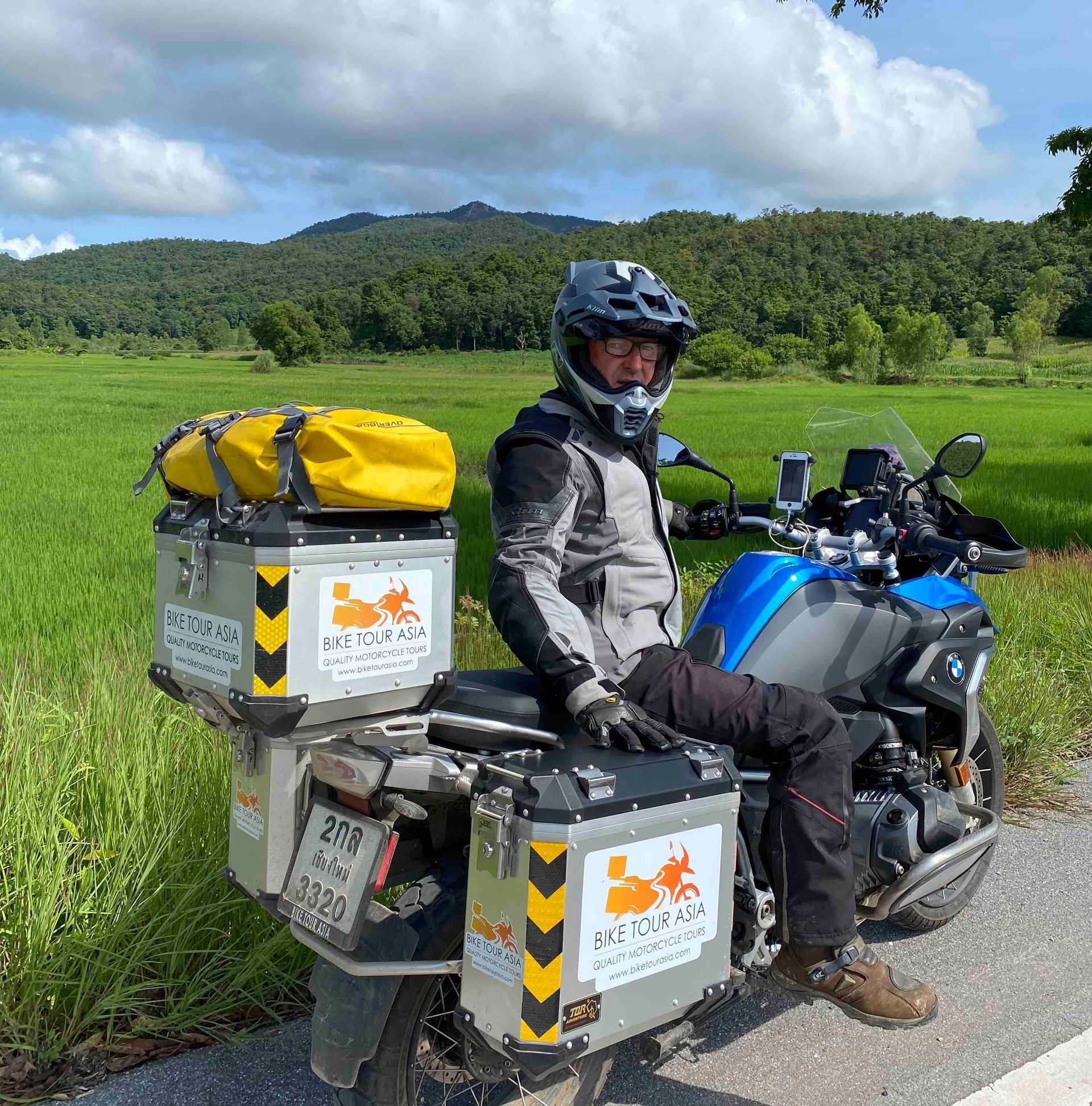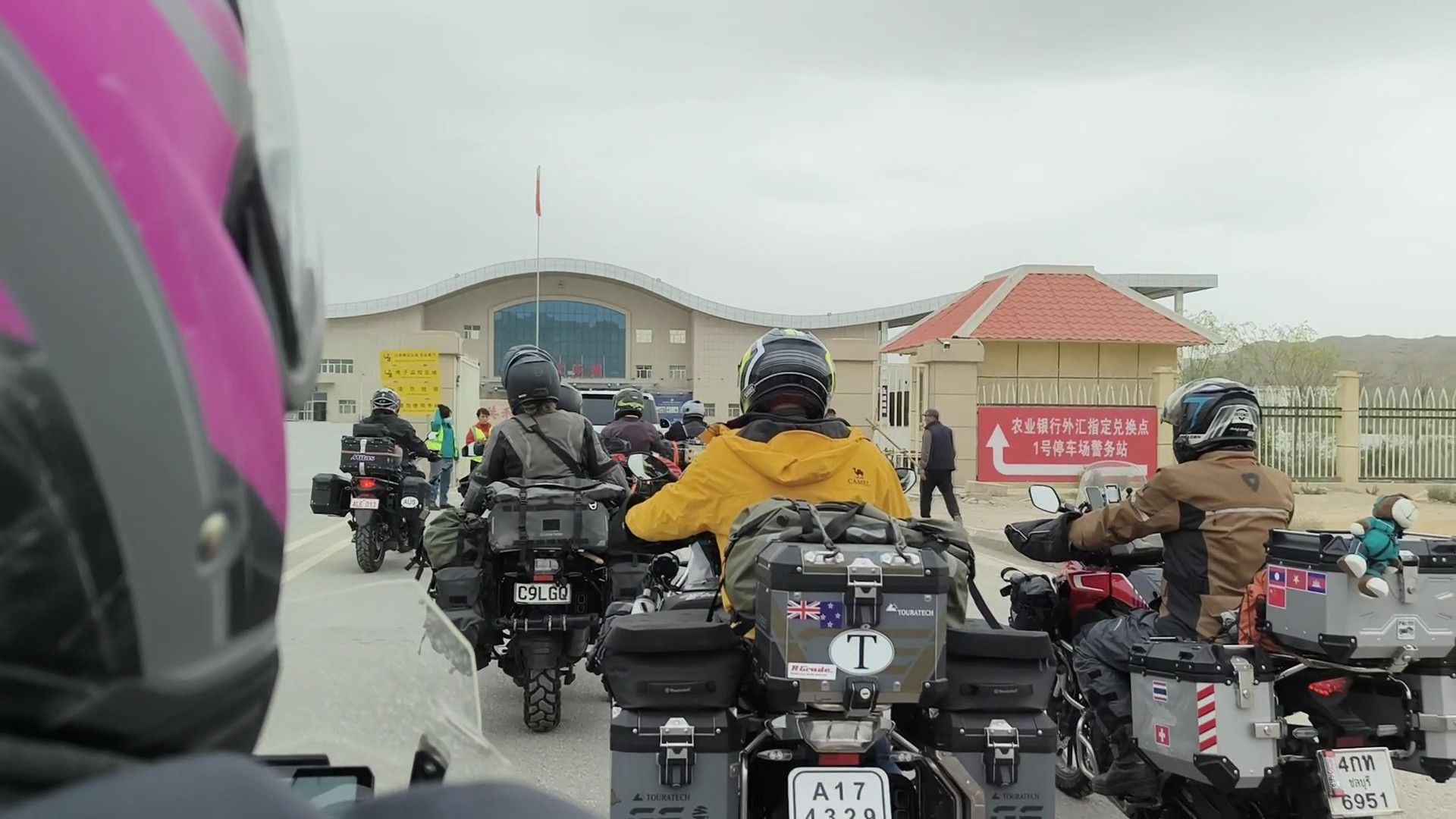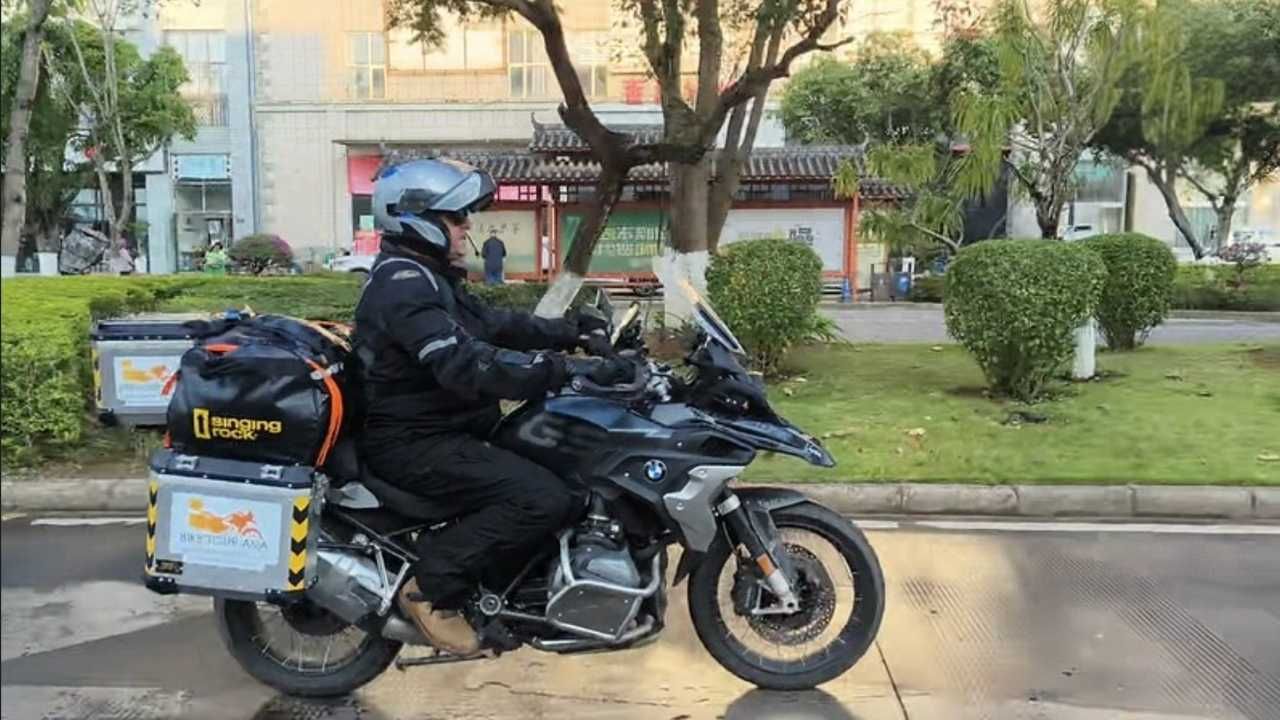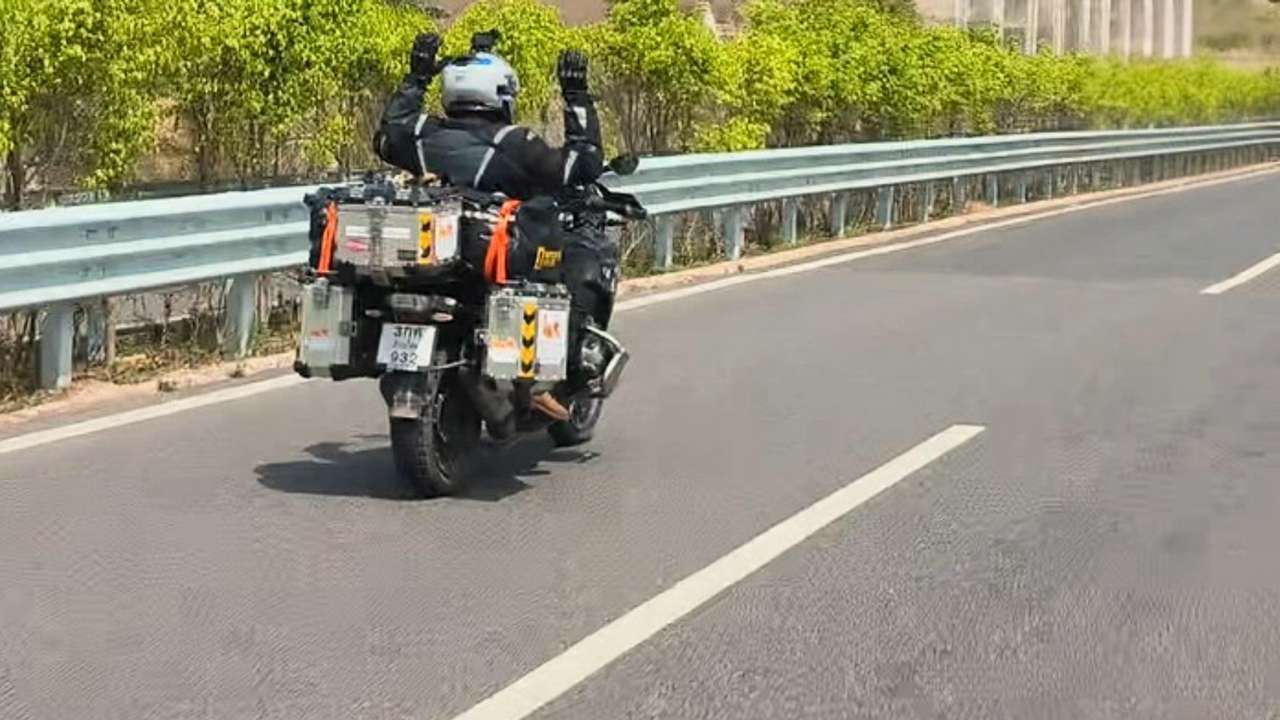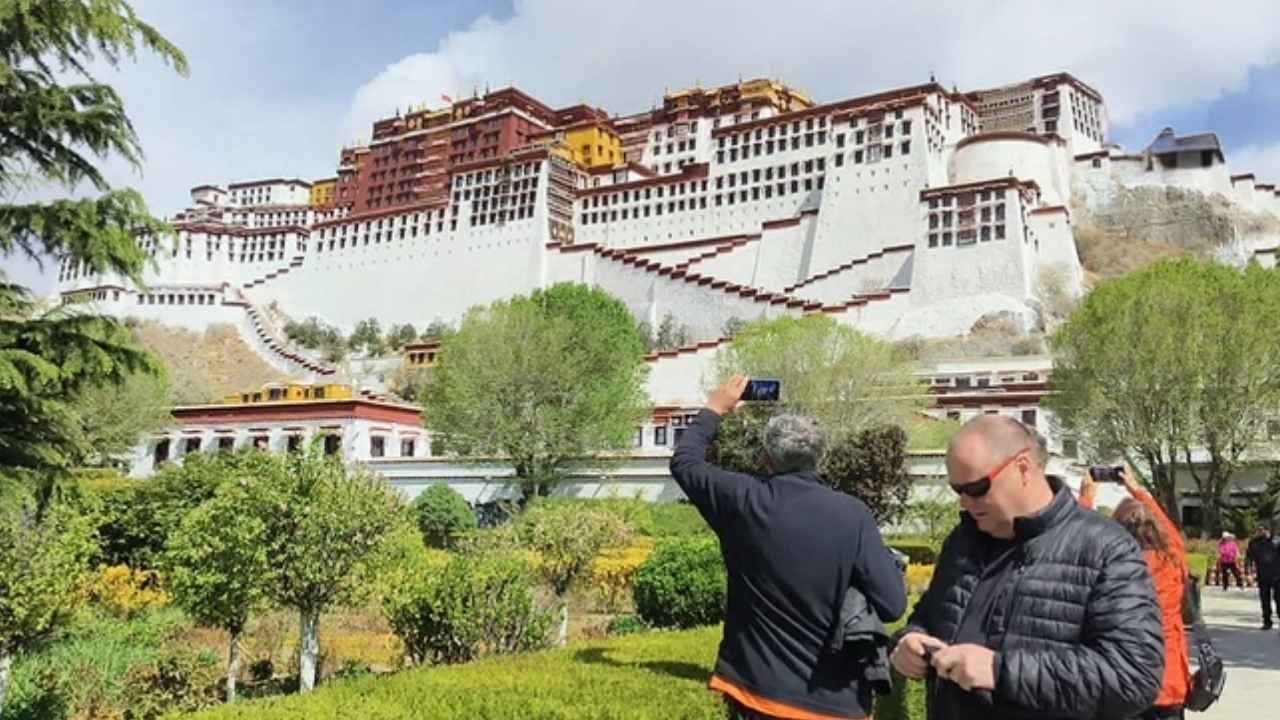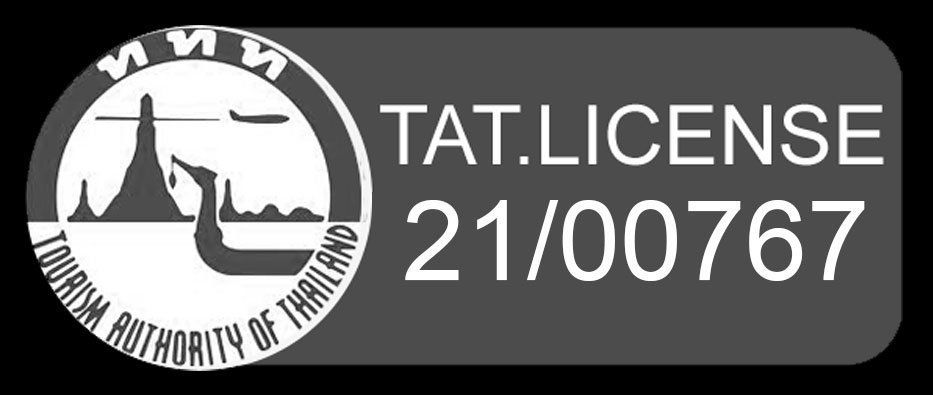Riding Across China: A First-Hand Guide to an Epic Motorcycle Route
Riding across China is unlike any other motorcycle journey in the world. From tropical Yunnan valleys to the windswept Tibetan Plateau, from the Gobi Desert to the Great Wall of China, each day delivers new landscapes, cultures, and riding challenges.
China’s vastness means variety: rice paddies in the south, deserts in the west, snow-capped mountains in Tibet, and ancient heartland cities in the east. This isn’t just a ride across a country, it’s a journey across civilizations.
Planning the Ride – Guided or Independent?
Riding in China requires more than a spirit of adventure. Foreign vehicles must have a special permit*, which can only be arranged through a licensed Chinese travel agent. That agent must also provide a guide and support vehicle for the entire ride.
For most riders, this makes independent motorcycle touring in China expensive and complicated. That’s why the best option is to join a guided motorcycle tour.
At Bike Tour Asia, we partner with trusted operators, combining decades of cross-border riding expertise. Our signature Chiang Mai to the Great Wall motorcycle tour covers 5,800 km across Thailand, Laos, and China, a seamless experience backed by professional logistics and local know-how.
*In Tibet, foreign vehicles must obtain the Tibet Travel Permit via a licensed travel agency, and independent travel is not allowed. In many parts of mainland China, foreign drivers are required to apply for temporary driving permits through local traffic authorities.
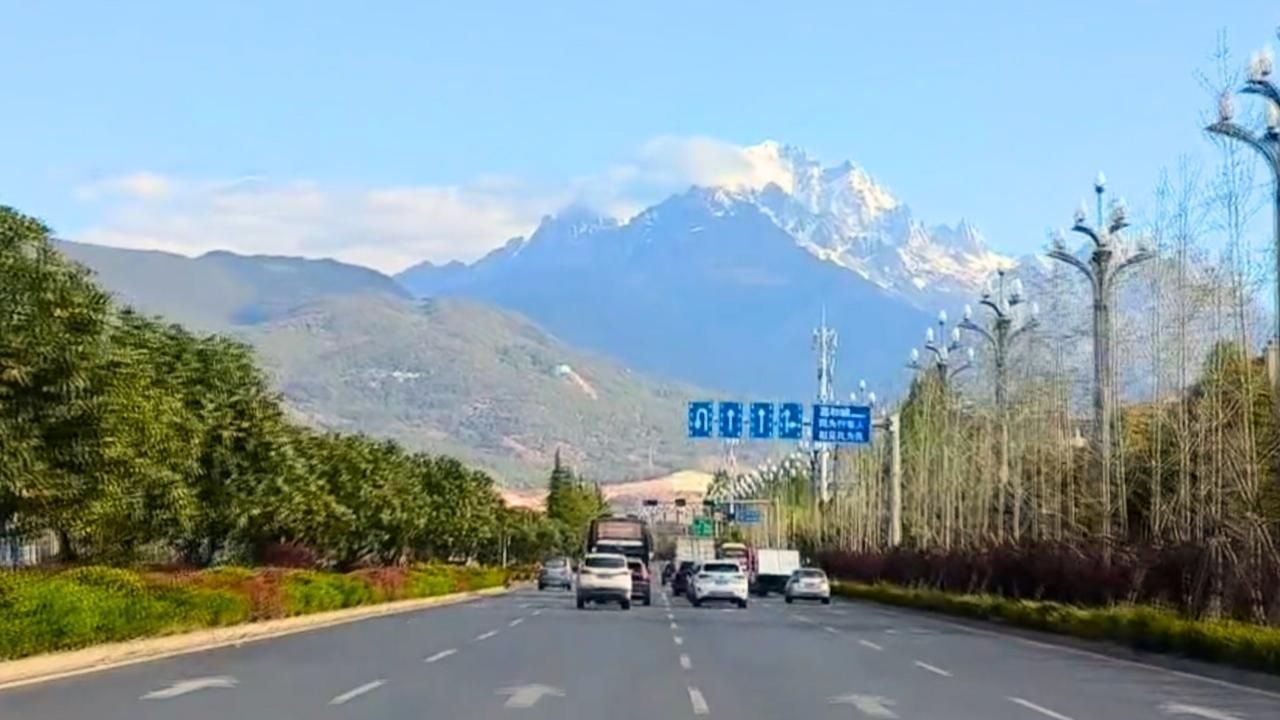
Highlights of Riding Across China
Yunnan – The Gateway to Adventure
Entering China from Laos, riders roll into Yunnan Province; a region of tropical hills, Silk Road towns, and vibrant ethnic cultures.
- Dali & Lijiang: Ancient trading towns with cobbled streets, UNESCO heritage charm, and mountain backdrops.
- Shangri-La: A Tibetan city once fabled as “heaven on earth,” it marks the gateway to the high plateau.
Tibet – Roof of the World
For many, Tibet is the most unforgettable stretch of the journey. Snow mountains, remote monasteries, and high-altitude riding test both man and machine.
Highlights:
- Lhasa & Potala Palace — the spiritual and cultural heart of Tibet.
- Mount Everest Base Camp — a once-in-a-lifetime ride to the world’s highest peak.
- High Passes — roads soaring above 5,000 m, with thin air and unforgettable views.
The Silk Road & Western China
From the Tibetan plateau, the route flows into Xinjiang and the Silk Road deserts.
- The Gobi Desert shifts from yak pastures to camel caravans.
- Kashgar marks the meeting point of East and West, where food, faces, and languages change.
At Bike Tour Asia: Most routes bypass the Flaming Mountains, but we ride directly through this surreal red sandstone landscape outside Turpan. Few outsiders ever visit this stretch; the silence, heat, and color are unforgettable. It’s like riding on Mars.
Heartland Cities & The Great Wall
Riding eastward, the tour returns to the cultural heart of China:
- Chengdu, home of the giant panda.
- Xi’an, with the famous Terracotta Army.
- The Great Wall of China, the symbolic end of an epic ride.
Paperwork, Road Challenges & Border Crossings
Expect plenty of police and military checkpoints. Stay patient, smile, and keep your passport handy — you’ll be waved through soon enough. However, riders should be prepared for the practical realities.
Border Wait Times
At borders, delays are common, crossings can take anywhere from 3–8 hours depending on the volume of trucks and documentation checks. Early morning arrival often reduces delays.
Permits & Paperwork
Carry printed copies and digital versions of your China/Tibet Travel Permit, temporary driving license (You can apply through
local Public Security Bureau traffic management offices., license plate, id photo, and itinerary approval (Pretty much everything you have). Authorities may request to see multiple copies at different checkpoints.
Fuel Access
In Tibet and Xinjiang, many fuel stations restrict direct motorcycle refueling due to local regulations. Riders often need to fill jerry cans provided by the support vehicle. Plan fuel stops in advance, especially in remote stretches like the Gobi Desert.
Unexpected Costs
While bribery is officially illegal, occasional “service fees” at rural checkpoints or border posts can arise. Carry small local currency notes to expedite minor processing.
Altitude Preparation
On high passes above 5,000 m, oxygen levels drop significantly. Backup oxygen bottles are standard in support vehicles, and some riders often prepare with tablets a few days before the trip. The CDC recommends gradual acclimatization and preventive medication such as acetazolamide.
Road Closures
In mountainous regions of Tibet and Yunnan, landslides after heavy rain or snowstorms can block entire highways for hours or even days. In Xinjiang, sudden police roadblocks or permit checks can reroute traffic without notice. Riders should always carry extra fuel, water, and snacks in case of unexpected detours, and allow buffer days in the itinerary for delays.
Medical Facilities
Riders should also secure comprehensive travel insurance that includes high-altitude medical evacuation. Coverage is essential in Tibet and Xinjiang, where rural hospitals often lack the resources to treat altitude sickness or serious injuries. Without evacuation insurance, medical transfers can be extremely costly.
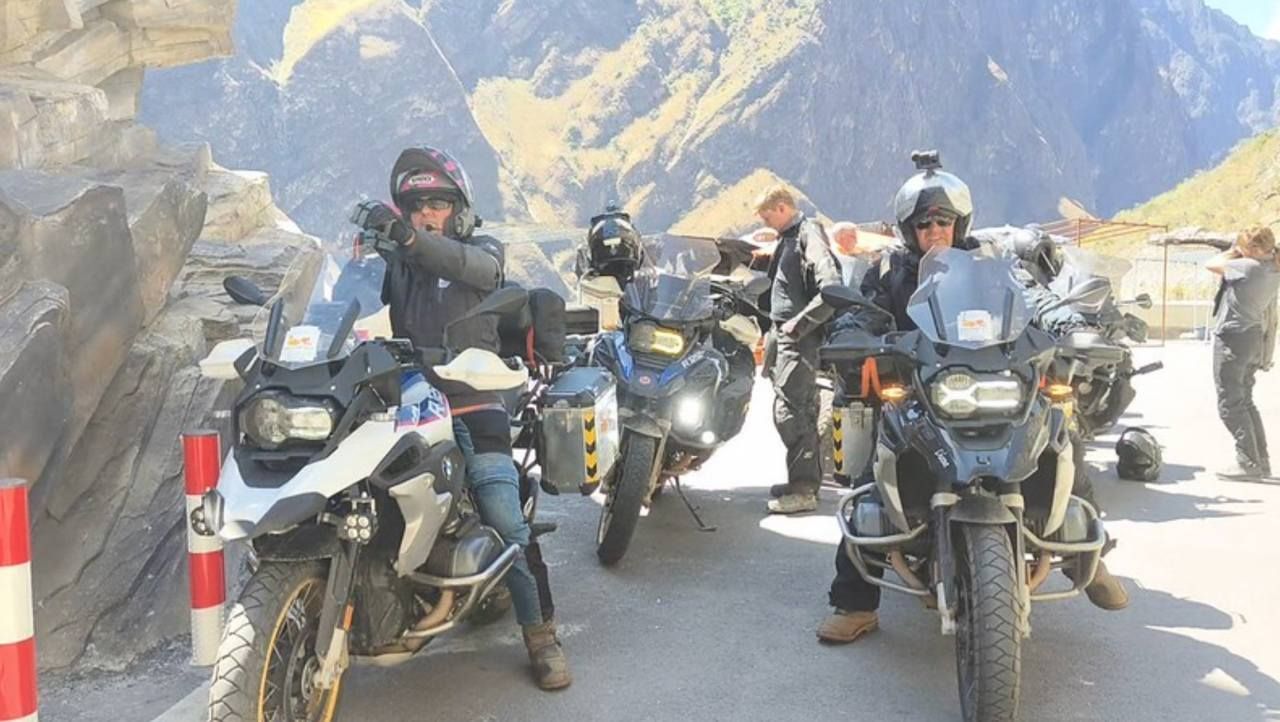
What Riders Pack (and Forget)
China’s climates range from –5°C in Tibet to +40°C in the deserts. Smart packing makes the difference between discomfort and pure enjoyment. Essentials include:
- Heat tech base layers; can be merino wool material, it’s lighter and does the job well.
- Thumb gloves & warm socks - Thermal socks really keep you warm at the high attitude.
- Waterproof rain gear — mandatory for monsoon rains in Yunnan.
- Multiple riding layers for quick changes when crossing different climate zones.
Bike Tour Asia Pro Tip: Riders often forget sunscreen and lip balm with SPF 50, which are essential under Tibet’s intense UV exposure. A hydration pack also helps fight dehydration at altitude.
Best Time to Ride Across China
- Tibet: May to early October (roads snow-free, but still cold).
- Gobi Desert: September to November (milder temperatures).
- South China (Yunnan): March–June and September–November (tropical climate, monsoon-free).
But it's always better to check the weather at that time.
How Bike Tour Asia Created the Chiang Mai to Great Wall Route
Unlike most China rides which loop within one province or follow domestic-only routes, this journey crosses three international borders. An incredibly rare feat due to the logistics and legal hurdles. We pioneered the Chiang Mai to Great Wall path over several years, overcoming border restrictions, military checkpoints, and altitude extremes to craft a route no one else offers.
- Crossing three countries: Thailand, Laos, and China. (This allows riders to acclimate gradually, avoid long flights, and experience three distinct cultures before even reaching the Tibetan Plateau.)
- Visiting five UNESCO sites, including the Great Wall and Potala Palace.
- Traversing Asia’s greatest rivers: Mekong, Yangtze, Yellow River.
- Meeting a dozen ethnic groups, each with unique culture, food, and architecture.
It’s truly a ride of a lifetime, offered only by Bike Tour Asia.
Final Thoughts
A China motorcycle tour is more than just a ride. It’s an odyssey across cultures, landscapes, and history from Southeast Asia’s jungles to the deserts of Central Asia, from Tibetan passes to the Great Wall.
For riders seeking the ultimate Asian motorcycle adventure, there’s no journey more complete.
Ready to ride?
Start planning yourChina motorcycle tour with Bike Tour Asia.
Important Travel Note:
Travel regulations and border policies in China and Tibet can change without notice due to weather, political, or administrative reasons. Riders should always confirm requirements with a licensed local travel agency before departure.


